News
The crisis in Sudan, explained
In the year ahead, we can expect that the conflict will continue, with additional displacement and a further deteriorating economic situation.
Read MoreConflict, hunger, climate change, political instability, and a host of other challenges make certain countries the sites of increasingly complex humanitarian crises. Ranking them isn’t as easy or as straightforward as the title makes it seem, but for the purposes of this piece we’re looking at the figures provided by the United Nations Office for the Coordination of Humanitarian Affairs’s (OCHA) 2025 Global Humanitarian Overview.
Taking into consideration both the number of people requiring assistance and the amount needed to reach just the basic needs for the most vulnerable people, these are ten of the worst crises to know in 2025 — and what we’re doing to help.
After a summer of mass protests in 2019, Sudanese President Omar al-Bashir was ousted from office and replaced by a transitional government tasked with leading the country towards democratic rule. However, the transition suffered a setback with a 2021 coup led by the Sudanese Armed Forces (SAF) and Rapid Support Forces (RSF). Their alliance collapsed on April 15 2023, setting off violence in the capital city of Khartoum that quickly spread across the country.
In 2025, UNOCHA estimates that over 63% of the population will require humanitarian assistance. It has requested $10.28 billion to meet the immediate needs of both 30.4 million Sudanese still in the country as well as 5 million displaced abroad.
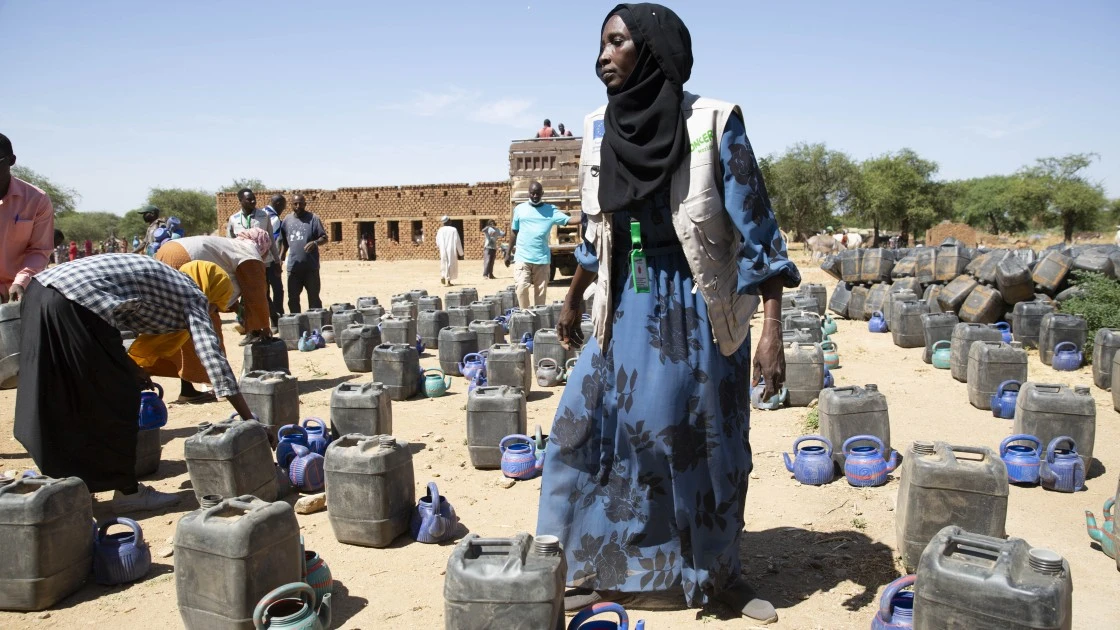
Concern has worked in Sudan since 1985 and has been responding to the current crisis since its onset, including distributing food, water, shelter, healthcare, unconditional cash transfers, and essential household items. In 2023 alone, we reached over 346,000 people with essential support. Learn more about our work in Sudan.
What began as a peaceful protest in 2011 soon became more than a decade of conflict that made Syria the world’s largest refugee crisis and largest internal displacement crisis. While the UN’s Global Humanitarian Outlook for 2025 was published before the latest developments from the country in early December 2024, regardless of what happens in the country in the coming months, humanitarian need will still be high as roughly 90% of Syrians live below the poverty line and huge swaths of infrastructure remain destroyed. OCHA estimates over 34 million people at home and abroad are in need of assistance and has budgeted $8.58 billion for its 2025 response.

Concern has been working in Syria since 2013 in response to the current crisis, as well as in neighboring countries hosting large communities of Syrian refugees. In addition to the immediate needs created by conflict, we’ve also responded to events like the ongoing cholera outbreak, flooding, and the devastating earthquake that took place in February 2023. Learn more about our work in Syria.
While 3.3 million may seem like a smaller number in comparison to the figures noted above, it accounts for over 63% of all Palestinians. Most of that need is concentrated in Gaza, where the most recent UN reports indicate that roughly 90% of the population has been displaced after more than a year of violence. The UN has budgeted for $4 billion to fund a humanitarian response in 2025, which is more than the total budget for the crisis in Ukraine (see below).
On February 24, 2022, a long-simmering crisis in Ukraine escalated into violence with devastating impact. By mid-March of that year, it became one of the world’s largest refugee crises. As this renewed conflict approaches the three-year mark in February 2025, it’s also facing electricity and fuel shortages amid ongoing conflict. OCHA estimates that 12.7 million Ukrainians will require assistance in the year ahead, as well as 2.2 million Ukrainians displaced abroad.

Concern began working in Ukraine shortly after the beginning of the full-scale invasion, working with local organizations to meet the sharp increase of need among conflict-affected Ukrainians for cash, winterization supplies, and psychosocial support. Learn more about our work in Ukraine.
Increased violence over the last few years (triggered by land, natural resources, and ethnic disputes) has added to a decades-long humanitarian crisis in the Democratic Republic of the Congo. The UN estimates that 21.2 million people will require humanitarian assistance in 2025, a response that will require over $2.5 billion in funding (plus additional funds to meet the needs of the most vulnerable Congolese refugees in neighboring countries).
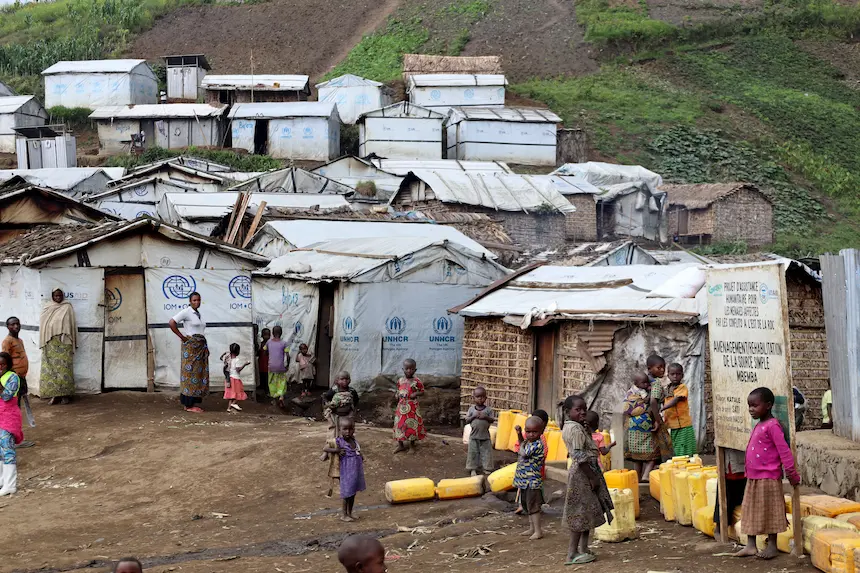
Concern began working in the DRC when it was still known as Zaire. Since 1994, our work has been to address the country’s decades-long humanitarian crisis, particularly in the east, through providing support for livelihoods, nutrition, gender equality, and water, sanitation, and hygiene (WASH). Learn more about our work in the Democratic Republic of the Congo.
Afghanistan has been caught in conflict since 1978, meaning that three generations of Afghans have never known life without conflict and political instability. The current humanitarian situation has left 22.9 million Afghans in need of humanitarian assistance in the country, as well as an additional 7.3 million abroad.
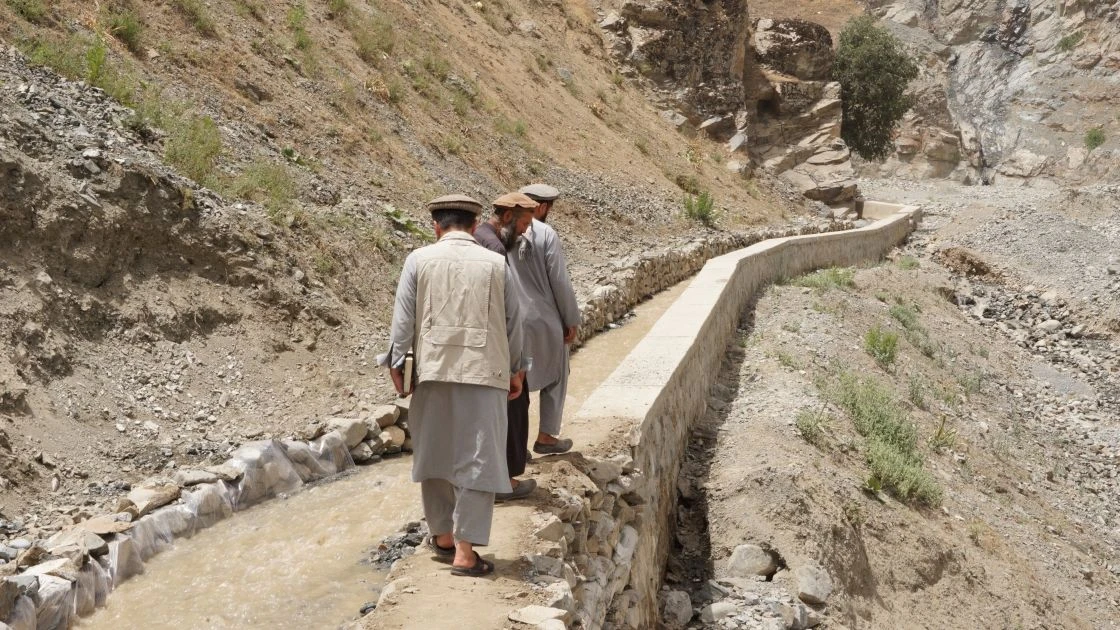
Since 1998, Concern has been responding to the ongoing needs in Afghanistan. Since 2019, we’ve been the UN’s chosen partner for the emergency response to displacement. Learn more about our work in Afghanistan.
According to UN estimates, the Yemeni Civil War has left nearly 80% of the country’s population in need of some form of assistance. Fighting has also severely damaged food systems, local infrastructure, the economy, and education prospects. In 2025, 19.5 million people require humanitarian assistance, a response that will require $2.5 billion.
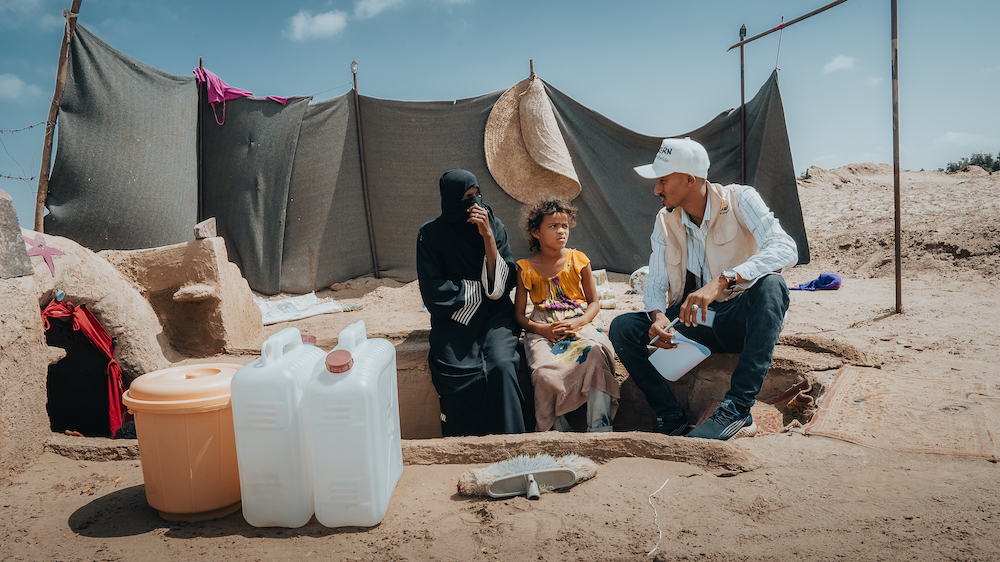
Concern launched an official program in Yemen in 2024, designed to meet the most urgent needs of the most vulnerable people, especially around health, nutrition, and WASH services. Learn more about our work in Yemen.
While some rains came to the Horn of Africa in 2023 and hostilities in Tigray ceased in late 2022, the country still faces several overlapping and interconnected humanitarian emergencies brought on by ongoing conflict in Amhara as well as climate change, disease (including an unprecedented cholera outbreak), economic issues, and hunger. At least 10 million Ethiopians will require humanitarian assistance in 2025, for which the UN has requested $2 billion.
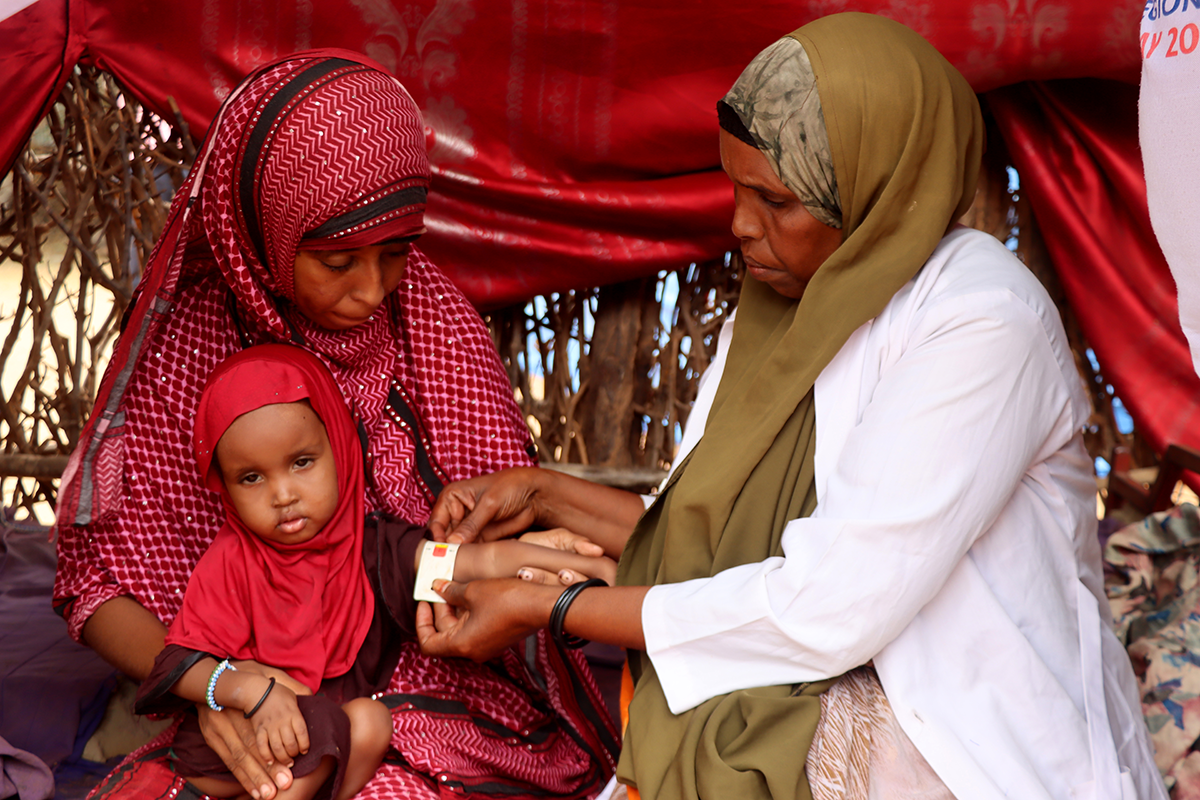
Concern began working in Ethiopia in 1973. During the recent crisis in Tigray, we provided both static and mobile health and nutrition facilities. In the Amhara region, we are currently providing essential support, particularly to children under the age of five, adolescent girls, pregnant and lactating women, and people with disabilities. Learn more about our work in Ethiopia.
Since March 2024, humanitarian needs in South Sudan have begun to rise higher than projected, largely due to the protracted conflict in Sudan. This has compounded the existing challenges facing South Sudan, including insecurity, violence, displacement, hunger, and severe flooding. In 2025, 13.6 million South Sudanese — at home and displaced abroad — will require some form of humanitarian assistance. Within the country, it’s estimated that this need is experienced by 90% of all civilians.
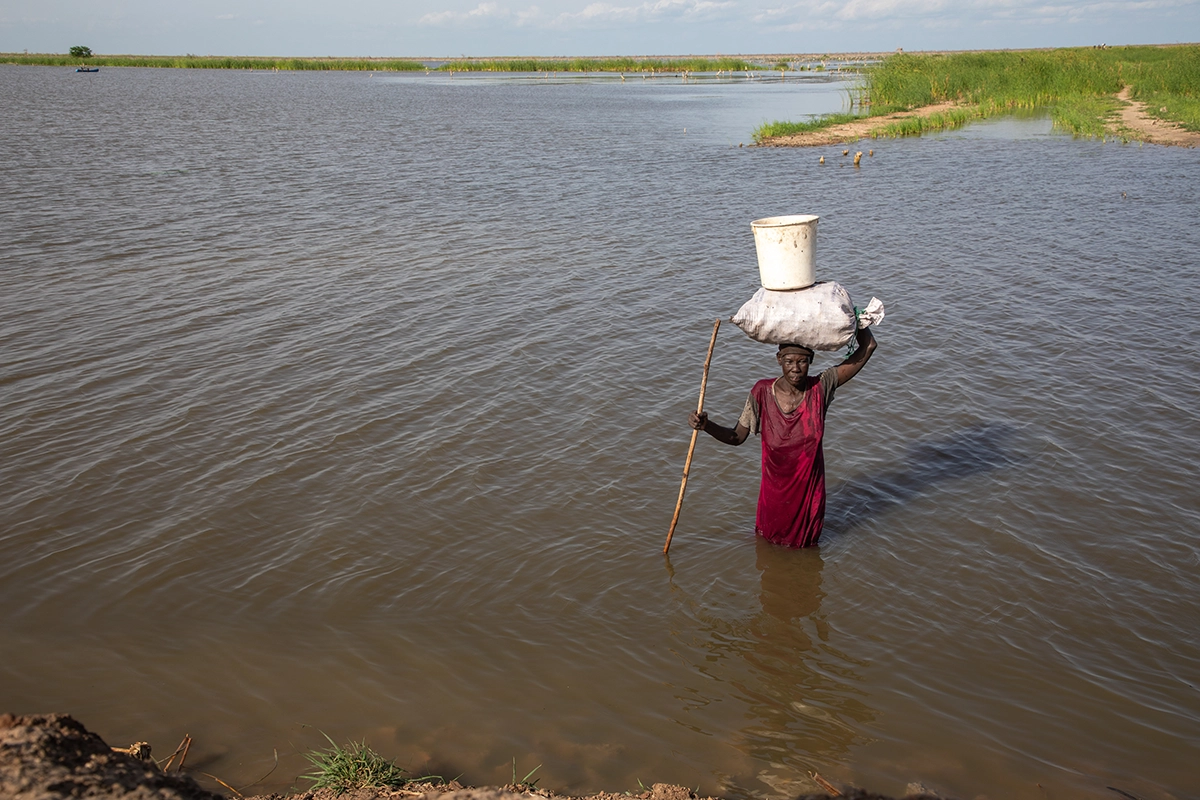
Concern has been with South Sudan since day one of the country’s young history. Last year, we reached over 550,000 people through health and nutrition, livelihoods, WASH, food security, and shelter programs. 60% of those reached were women. Learn more about our work in South Sudan.
Bordering six countries across the Sahel and central Africa, Chad has faced a growing humanitarian crisis largely out of the public eye. Tens of thousands of civilians have sought refuge in the Lake Chad Basin from protracted conflict in the region. Chad is also a key host country for refugees, which has placed further pressure on resources — especially in the east where nearly 2 million people fleeing conflict in Sudan have found temporary asylum. This, combined with hunger and the effects of climate change, make it one of the largest (and most complex) humanitarian crises as we enter 2025.
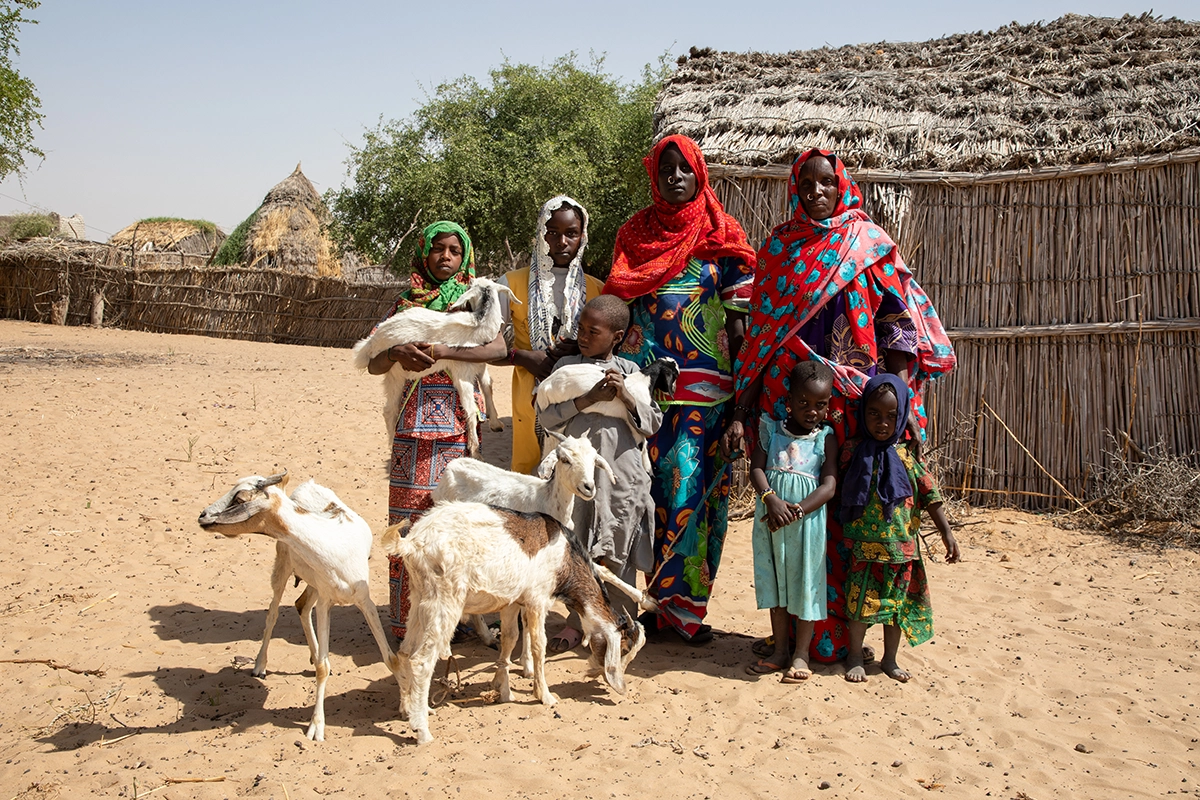
Concern has been in Chad since 2007, responding to humanitarian and emergency needs in the Lake Chad Basin. Through the Regional Sahel Fund, we have worked with these communities to meet immediate and ongoing needs. Last year we reached 24,600 people through a multisectoral response encompassing health and nutrition, shelter, essential household items, social protection, and water, sanitation, and hygiene (WASH). More recently, we’ve been responding to the influx of refugees from neighboring Sudan, meeting the needs of both displaced and host communities.
Emergency response is part of Concern’s DNA. Last year alone, Concern responded to 76 emergencies in 23 countries, reaching 16.4 million people. Not each of these emergencies was a full humanitarian crisis, but many of them represent smaller shocks that set many people further and further behind in the middle of a larger crisis. In each context our goal remains the same: fulfill our humanitarian mandate.
When an emergency strikes, we seek out the most vulnerable and hardest-to-reach communities to meet their immediate needs, and work with them to design innovative, fast and effective responses. We stay with them to help rebuild their lives and to ensure that they are better able to cope with future crises. Your support allows us to do this vital work.